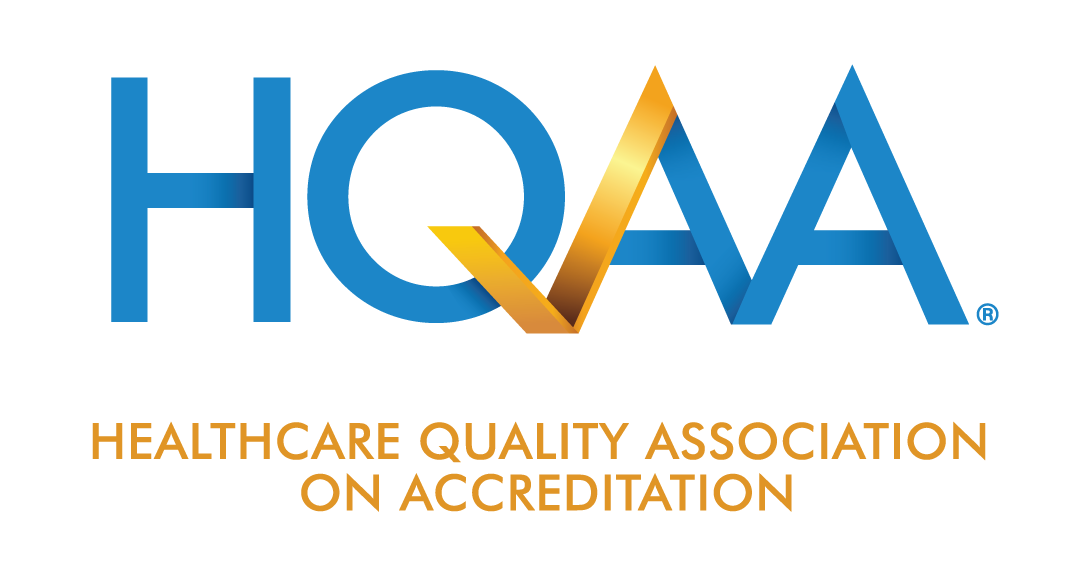
“Ride alongs” are home visits that are performed with a new orientee or current staff member where an evaluator rides along to teach and observe the staff member performing the visit. These visits are typically done during orientation/training and on an on-going basis for competency assessment. These visits ensure that all of job-related tasks are being performed in a correct manner while the staff member is unsupervised in the field.
“Ride alongs” are simply on-the-job observations. The philosophy behind this technique is that it is a much more direct way to teach, as well as observe and evaluate the tasks being performed by staff. It is an additional step included in a supplier’s comprehensive orientation program and is also quite useful for ongoing competency assessment. There is no better technique than actual observation of staff doing their job to ensure that your staff are doing a good job!
Licensed clinicians are quite accustomed to this process and experience it many times in their professional career. Nurses, respiratory therapists and other healthcare professionals are usually oriented in a clinical setting to their professional duties through on-the-job teaching, instruction and observation by supervisors or trainers performing the same duties. An orientee performs the new task(s) under the watchful eye of a peer/supervisor/trainer, sometimes initially on their own and at other times after they’ve observed the task or duty performed several times. Employed staff is required to have an annual competency assessment (HQAA Standard HR 2) performed for continued employment. Once an orientee demonstrates that he or she can perform the task independently, they are deemed ready to perform that job task without supervision. In the case of an annual competency, the staff member can continue to perform the tasks independently.
Drivers and delivery personnel are another group of personnel that are trained and evaluated using this technique. When they are newly hired, they ride along with an experienced peer or supervisor to watch, observe and learn how the company expects a job duty or task to be performed. Once the orientee has observed several deliveries, he/she can perform the delivery themselves, while being observed by the supervisor/peer. This is an effective way to orient and assess the competency of a staff member with the delivery process. It is also a good way to observe how efficient the staff person is at organizing their work and how effective their customer service skills are with your customers.
For staff members who do not perform unsupervised visits in the community, the concepts used with the “ride along” can still work well. Demonstrations performed as re-enactments can be used to train and assess customer service personnel, billing and accounting staff, and clerks who work in a retail showroom.
Some key components of this extremely useful training and assessment include remembering to:
- Train the trainer and make sure the person conducting the training or evaluation completely and correctly understands the company’s expectations.
- Use competent staff (or outside contractors) to perform these evaluations for specialty employees. A clinician should be used to assess clinical competency, for instance.
- Always document the observations on a training or competency assessment form.
- Be sure the form lists all of the specific items that should be included in a given task or procedure, so that both the trainer and the trainee understand the expectations.
- Know the difference between a competency assessment and an annual performance evaluation. A performance evaluation is the documentation by a supervisor conducting a probationary period or annual evaluation of a subordinate on general company expectations. A competency assessment is a written evaluation of the competency of a staff member in performing a specific task(s), such as the set-up and teaching of a piece of equipment.
- Use a “ride along” for initial training with newly hired staff and on an ongoing basis for all current staff. This works especially well with both delivery personnel and clinical staff performing teaching or clinical assessments.
Be sure to incorporate “ride alongs” into a robust, on-going competency program to ensure that all staff members have the opportunity for training, mentoring and improvement.


